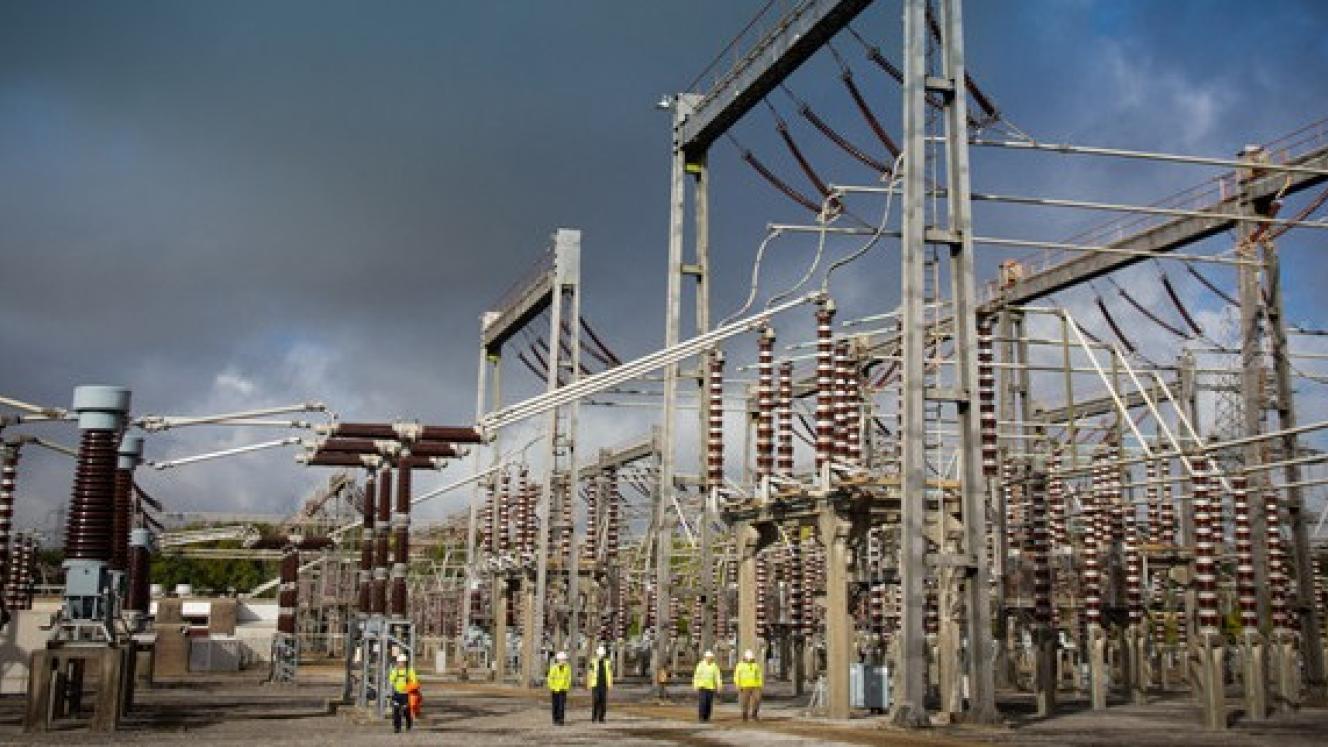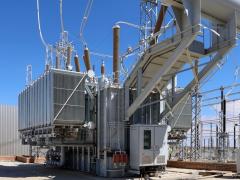The Ministry of Electricity and Energy has released draft regulations for public comment that outline how private investors can participate in developing South Africa’s transmission network.
This follows the recent gazetting of a Section 34 ministerial determination, which enables independent transmission providers (ITPs) to build, own and transfer infrastructure to the National Transmission Company South Africa (NTCSA). The regulations are intended to support the rollout of 5 840 km of new transmission lines – the first phase of a broader plan to expand the grid by 14 000 km by 2032 – beginning with an initial 1 164 km pilot project across seven key corridors.
Speaking at the inaugural South African Transmission Infrastructure Investment Forum, Minister of Electricity and Energy Kgosientsho Ramokgopa said the regulations are now open for public comment. The regulations are expected to create a “predictable, credible and transparent framework for private-sector participation”, balancing cost recovery with system efficiency.
The seven projects in the pilot phase include transmission lines and substations across Aries-Aggeneis, Groeipunt, Mahikeng and the West Rand. These are expected to unlock 3 222 MW of renewable energy capacity and add 2 630 MVA of transformer capacity by 2030.
The framework was shaped by a market-sounding process involving potential investors and stakeholders. Drawing on international best practices in Brazil, India, China, Chile, Peru and Europe, the ITP programme seeks to share risk between government and the private sector, Ramokgopa said.
Investors have expressed strong preference for availability-based capacity payments from the NTCSA, with minimum availability standards of 97%, linked to penalties for underperformance and incentives for exceeding benchmarks.
The draft regulations set out licensing conditions including requirements for technical and financial capability, mechanisms for building and operating infrastructure and provisions to ensure value for money. Developers will be expected to collaborate closely with the NTCSA throughout the project life cycle.
The regulations specify that buyers must recover their full costs. Tolling mechanisms will facilitate cost recovery through wheeling charges or long-term user agreements.
While the private sector will be responsible for financing and building – and potentially operating – parts of the network, the NTCSA will retain responsibility for grid planning, system operations and reliability management.
The next step in the procurement process is the release of a request for quotation in July followed by a request for proposals in November. These will mark the formal launch of bidding for the first ITP projects under the new regulatory framework.
Comments on the draft regulations can be submitted before May 3.
For the full presentation, click here.













